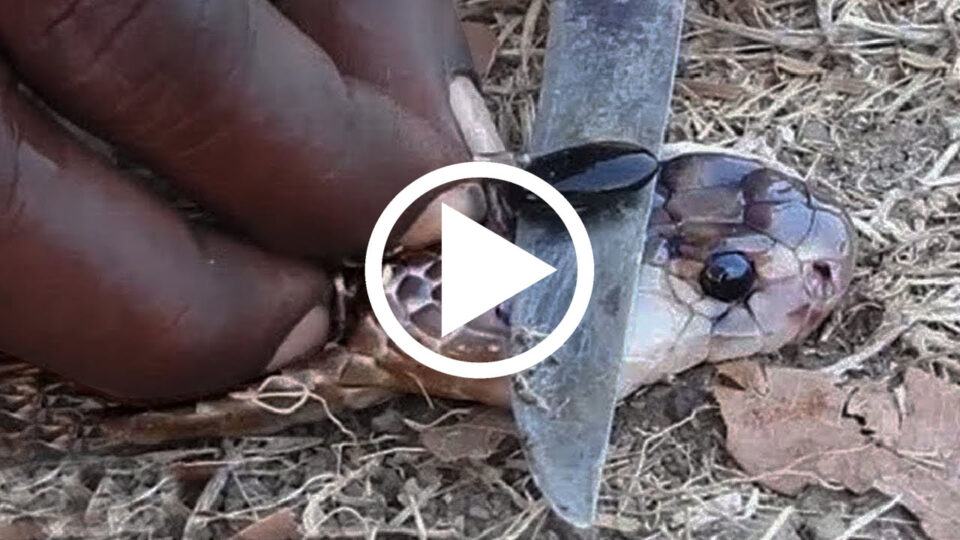Animals have a way of getting into trouble and it’s not always their intention. They’re constantly looking for food and they can usually differentiate between food and something else.
However, sometimes, when they’re starving, they just gobble up whatever it is they find.
Another problem is how humans treat the environment, and many times, an animal ends up with garbage in its stomach because of pollution. Let’s find out together as we countdown 15 strangest things ever found inside animals.
LIVE BOMB IN A SQUID
A Chinese fish market was thrown into turmoil after a monger found an alive and unexploded bomb inside the belly of a squid.
The drama unfolded in a seafood bazaar in Guangdong province to the south of China as the unsuspecting fishmonger gutted the three-foot cephalopod for a customer. When he sank his knife into the tentacled sea creature’s soft flesh its blade struck something hard and metallic.
He opened it up to find the eight-inch explosive that experts later revealed could have gone off at any moment He called police instantly who arrived at the scene and took the ordinance away to perform a controlled explosion.
It is yet unclear how the bomb found its way inside the squid, although police said it may have been dropped by a fighter plane and washed into the squid’s feeding ground. They would not reveal how old it was or whether it was of Chinese origin.
CROCODILE EATS DEAR
It is little wonder that the record-breaking alligator killed in Alabama tipped the scales at over 1,000lbs.
When the behemoth reptile snagged by Mandy Stokes and her extended family was sliced open, taxidermist Ken Owens discovered inside the animal’s stomach a fully intact adult female deer and a smattering of other animal bones.
The doe, which had been swallowed whole by the monster gator, was likely 3 years old and weighing more than 100lbs.
The 15-foot-long, 1,015-pound alligator was hooked in a creek about 80 miles west of Montgomery possibly setting a new world record.
The clan brought their scaly catch to Mr. Owens to the skin and stuff it so it could ultimately be put on public display.
The taxidermist laid out the gargantuan gator measuring 70.5 inches around the stomach on the floor of a large work shed and cut open its midsection, which turned out to contain the badly deteriorated deer corpse.
Owens said the dead doe had no hair, owing to alligators’ powerful stomach acid, but much of the cartilage and all four hooves were intact.
The taxidermist, who performed the so-called necropsy on the gator at the request of biologists, estimated that the reptile must have wolfed down the doe about a week before its fateful encounter with the Stokes-Jenkins family.
The alligator’s belly yielded a few additional surprises, including two complete squirrel carcass still covered in patches of fur.
Other items that Ken Owens discovered while rummaging through the contents of the slain gator’s belly included bones from a water bird; skull plates from other deer; big rocks; molars from a small cow, and a heaping portion of greenery. It almost sounds like shopping at a pet store.


